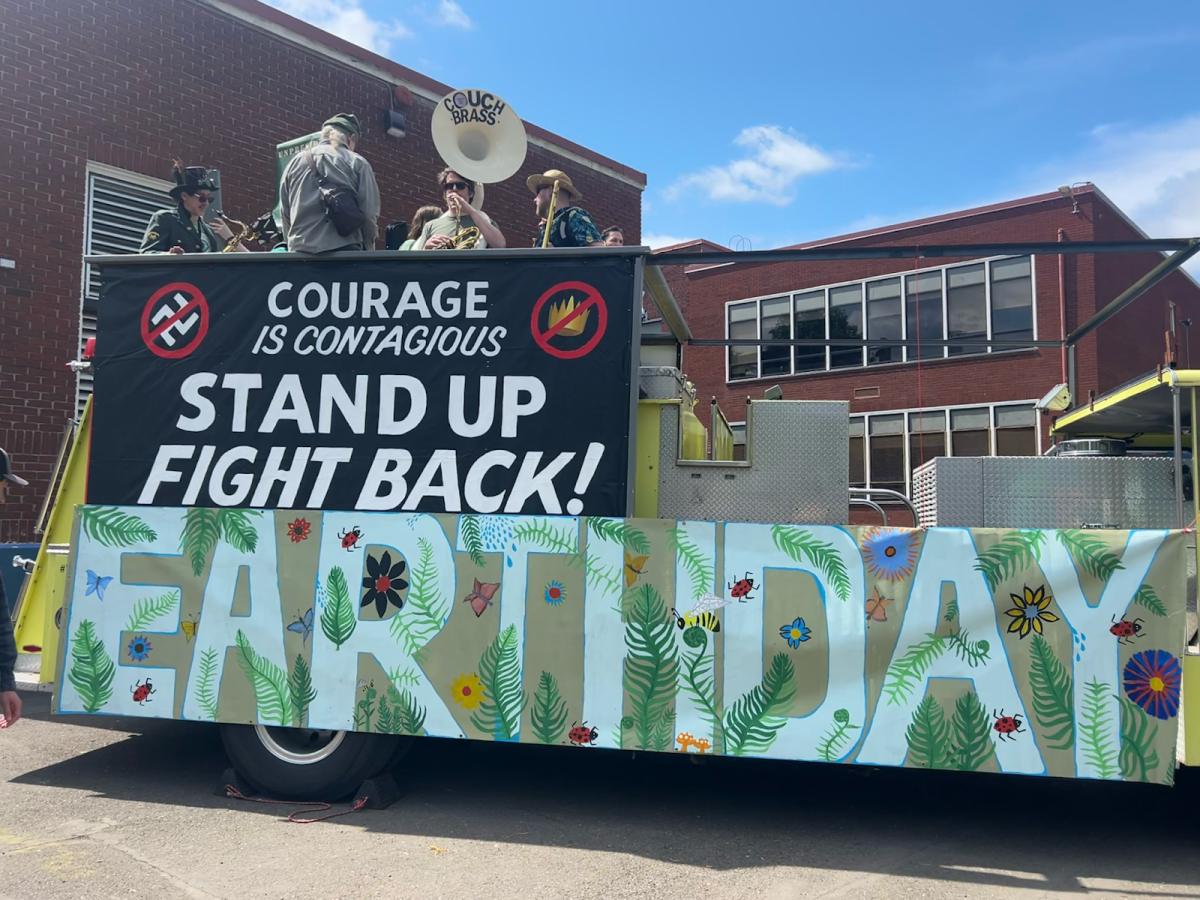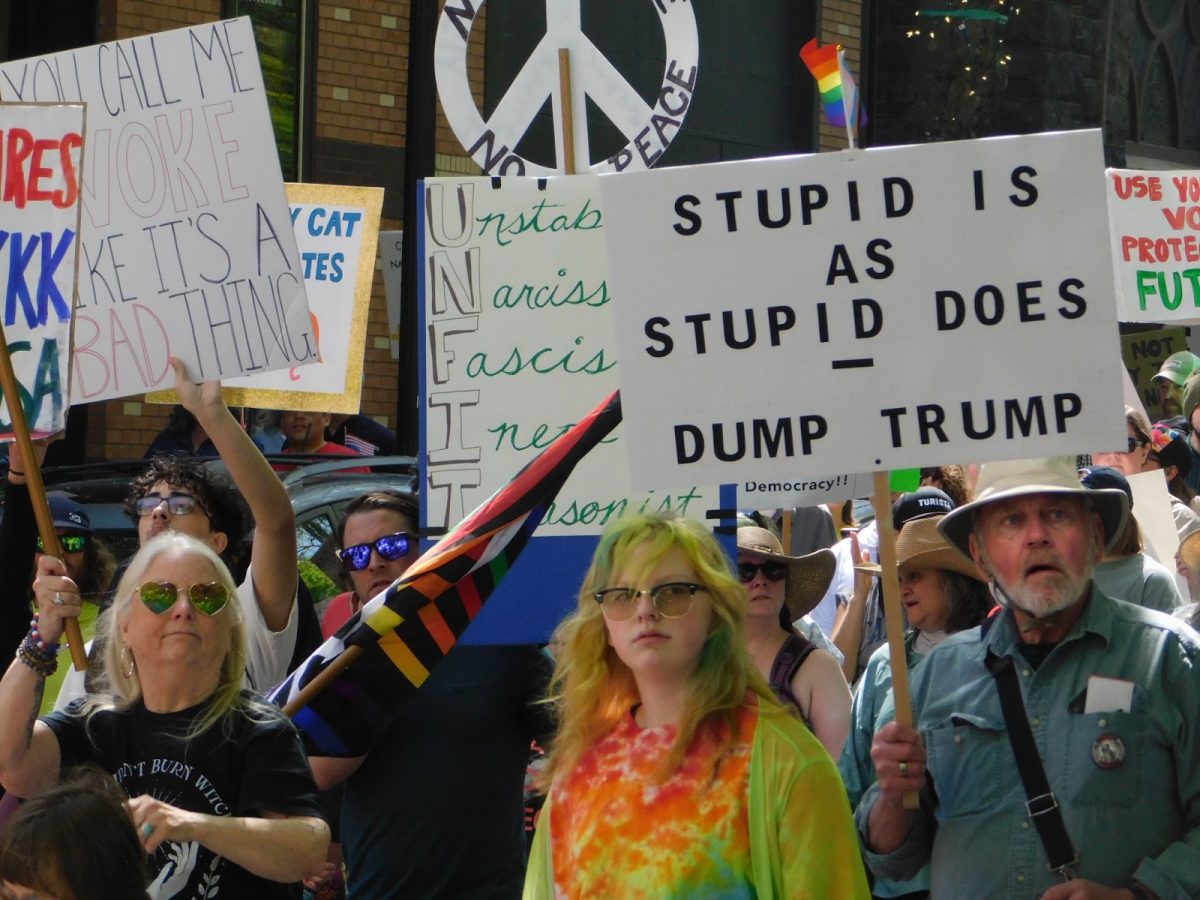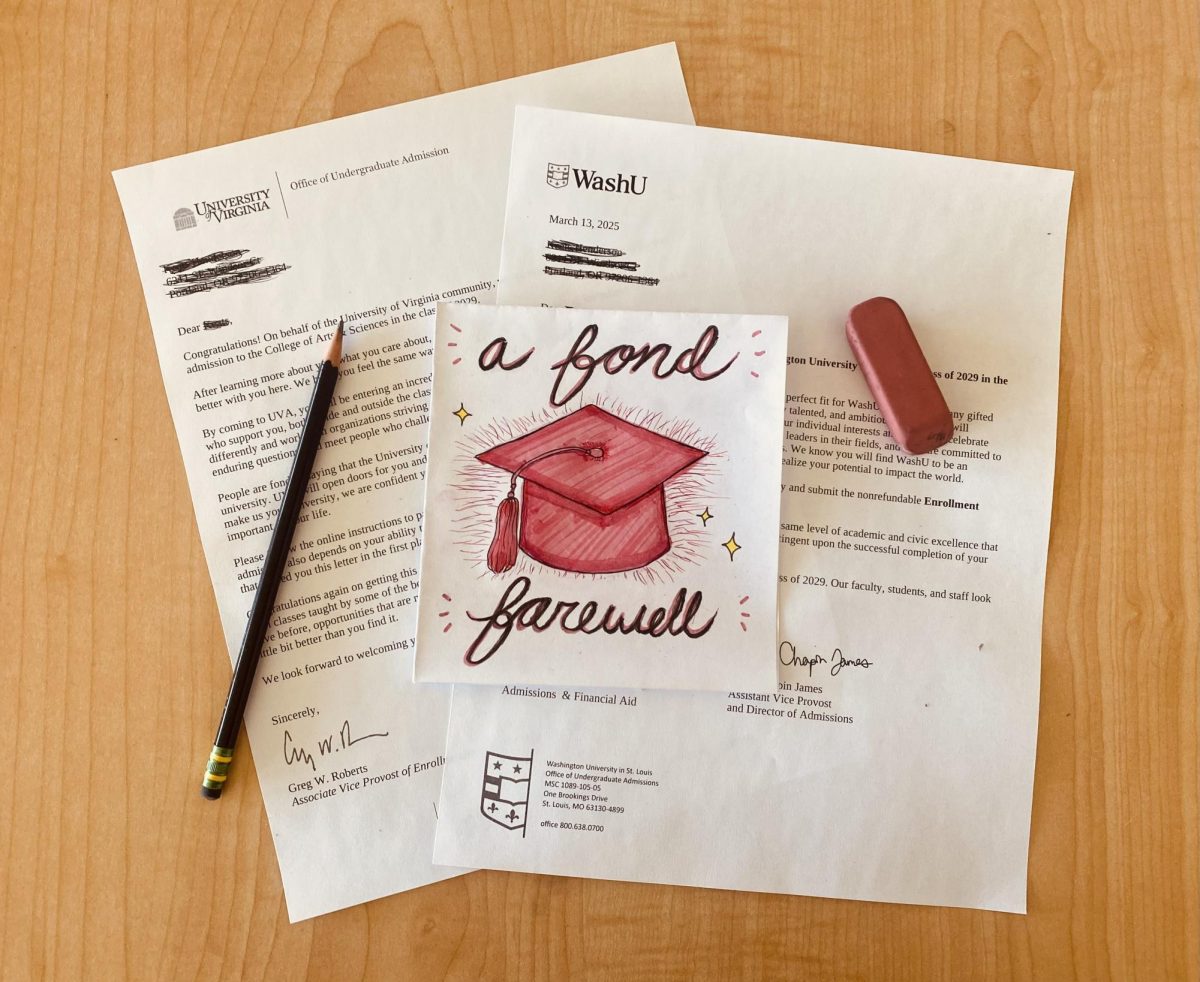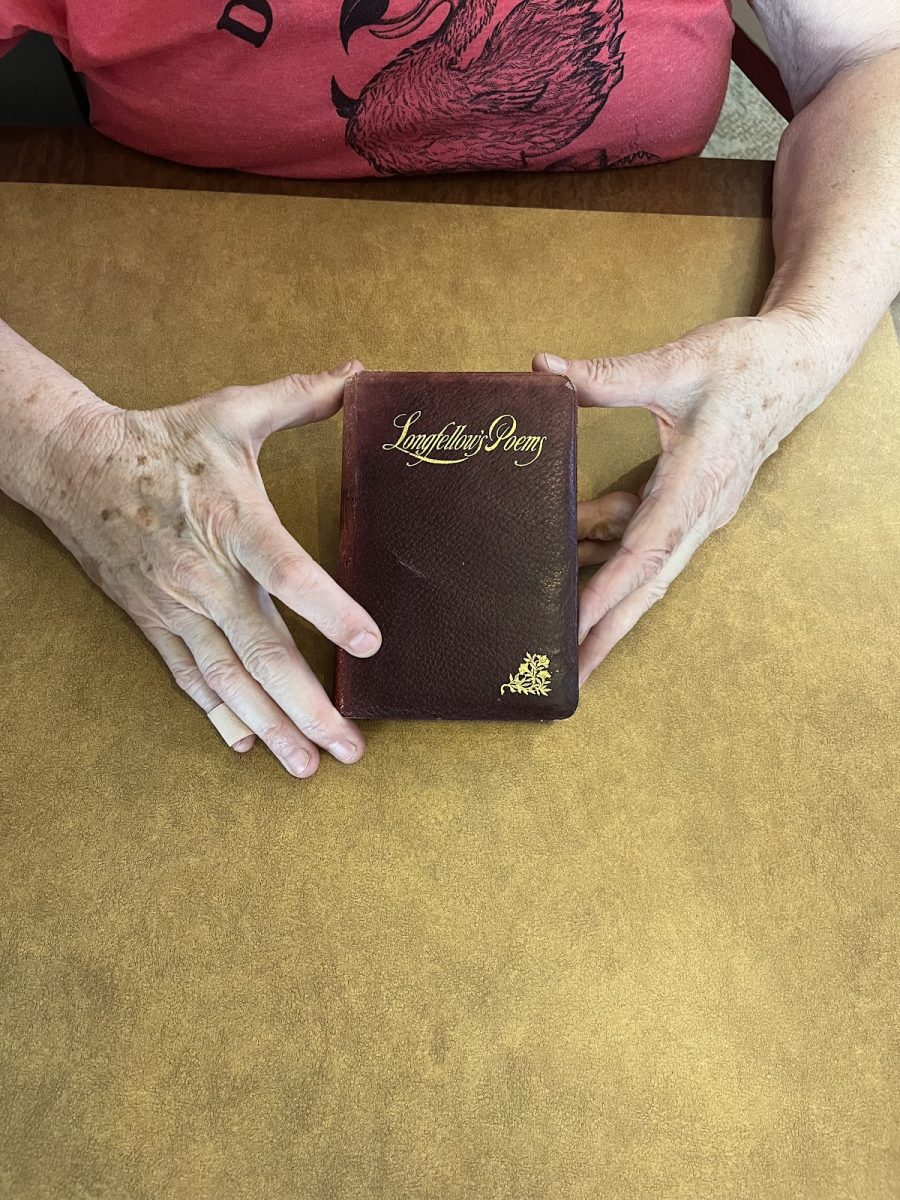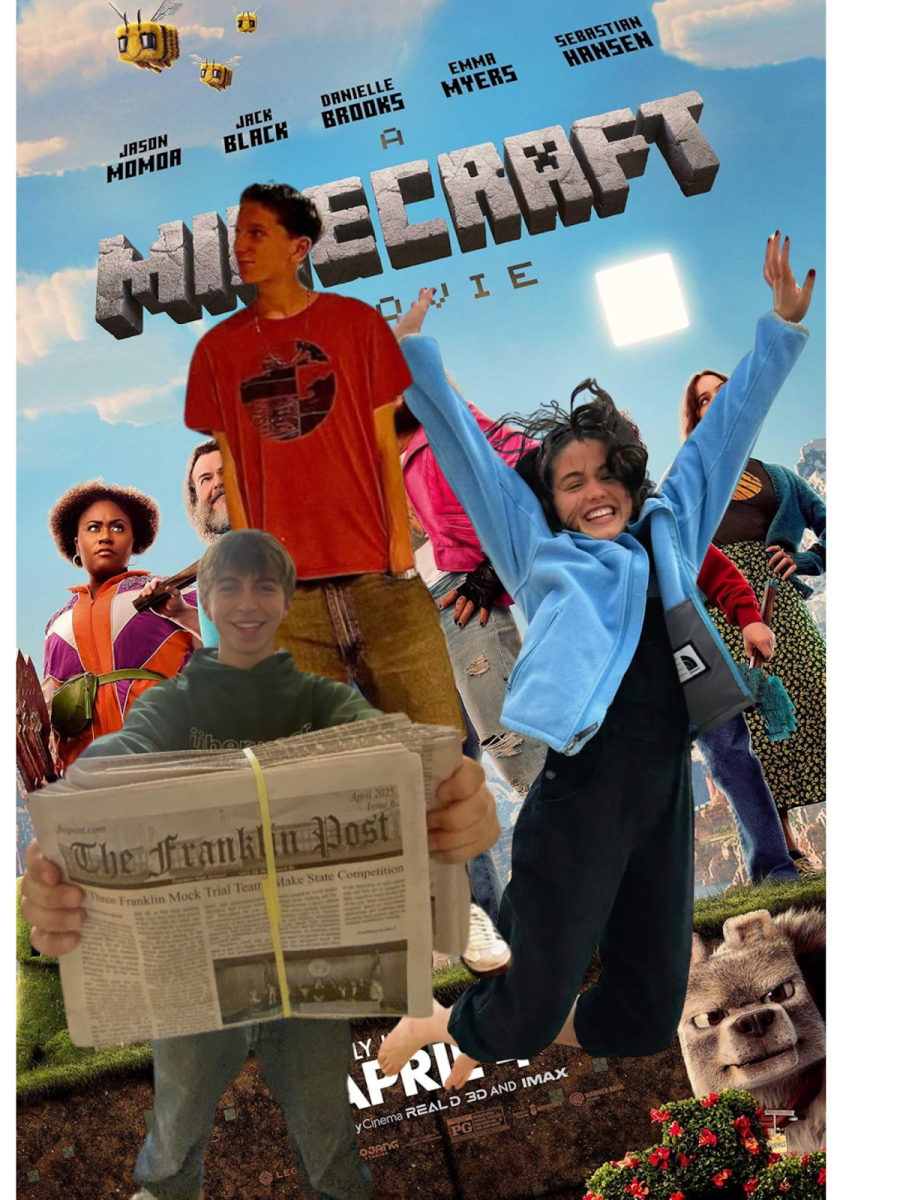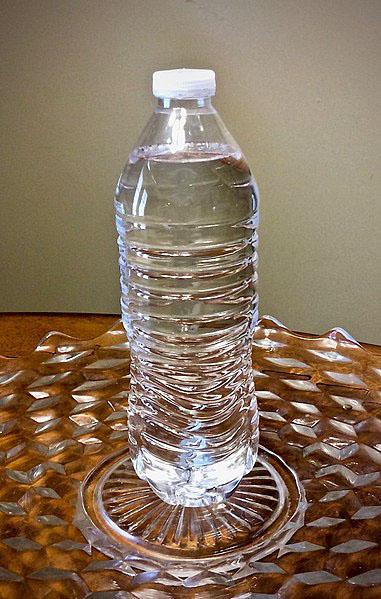
asked, “why should we care about the Earth?” Franklin’s environmental science teacher, Megan Whisnand, had a simple reply: “our lives depend on it, on the health of our planet.” The Earth is currently riddled with unregulated pollution, wasted resources, habitat loss, fossil fuel emissions, and government leaders not prioritizing the environment. However, one way to contribute to positive change in the environment is being aware of the impact of everyday items and activities. Whisnand shares, “I have to stay hopeful, [and] there are honestly so many solutions out there, and the better we understand how the environment works, the better we can help repair some of the damage we have caused.”It is important to understand the processes that are contributing to climate change, in order to avoid further careless destruction of the Earth. The example included in this article is simple, but explains how even small things can have a large impact on the environment. The plastic water bottle is an everyday item, but if not disposed of properly, it can cause some harm…
First, every plastic water bottle originates in oil refineries. Here, oil and gas molecules bind together to make something called monomers. These monomers in turn bind together to make long polymer chains, and this becomes what is commonly known as plastic. This is then melted down and put into molds. After these molds are filled with water, packaged and exported, they are ready to be put up in stores. These water bottles are then paid for, consumed, and discarded. End of story, right? Wrong.
After a water bottle is finished serving its purpose, it could take up to approximately 1,000 years for it to decompose, depending on how it is disposed of. The most common method is simply throwing it away. Once thrown away a water bottle ends up in a landfill, which fills with increasingly more plastic and other materials daily. As the plastic sits there densely packed, rainwater flows through the dump and picks up water soluble compounds from the plastic. Some of these compounds are often extremely toxic and can move into water sources, harming wildlife and important ecosystems.
The next method of disposal for plastic water bottles is extremely prevalent and even more harmful. When littered or not properly disposed of, water bottles frequently find their way to the ocean. Once in the ocean, the currents carry the water bottle to join millions of its plastic brethren in a massive stew of garbage know as “The Great Pacific Garbage Patch.” The ocean’s currents trap large amounts of garbage in six total “patches” across the world. “The Great Pacific Garbage Patch” alone is 1.6 million square kilometers. Many animals such as seabirds, turtles, and other creatures mistake the brightly colored plastic for food, which makes them feel full when they are not. This causes them to starve, while others are tangled or trapped. As plastic breaks down in the ocean’s briny water, it becomes what is known as “micro plastic” which sits indefinitely to be either consumed by animals or continue to add to the garbage patch for hundreds of years.
The final method for disposing of plastic bottles is recycling. After a water bottle is tossed into a recycling container, it is transported to a recycling facility to be crushed, shredded, washed, and melted. After this process, the water bottle will transform into new plastic that can be repurposed into other materials. This method avoids leaching harmful chemicals into the environment and hurting species and entire ecosystems.
The life of a water bottle is limited to three options: trash, litter, or recycling. Hopefully this article has inspired some to recycle their plastic water bottles, but it doesn’t stop there. It is also important to recycle other things in their specified containers such as plastic, cans, paper, etc. This is just one small piece to a very difficult puzzle, and there are a million more ways any given person can reduce their environmental impact. Whisnand shares that “Just about every environmental science issue is also a social justice issue. We can all make our world a little better each day by our choices and actions. Not eating meat is a huge way to reduce one’s environmental impact, not buying products with so much packaging, and trying to avoid buying much at all. Shopping at thrift stores, eating local in season food, growing a garden, and riding your bike are all ways to educate yourself on all of the solutions. Get involved in your local government and demand better.” Even though Portland is not a hot spot for environmental change, Whisnand says that “we all need to take action and demand better and work for it.”


